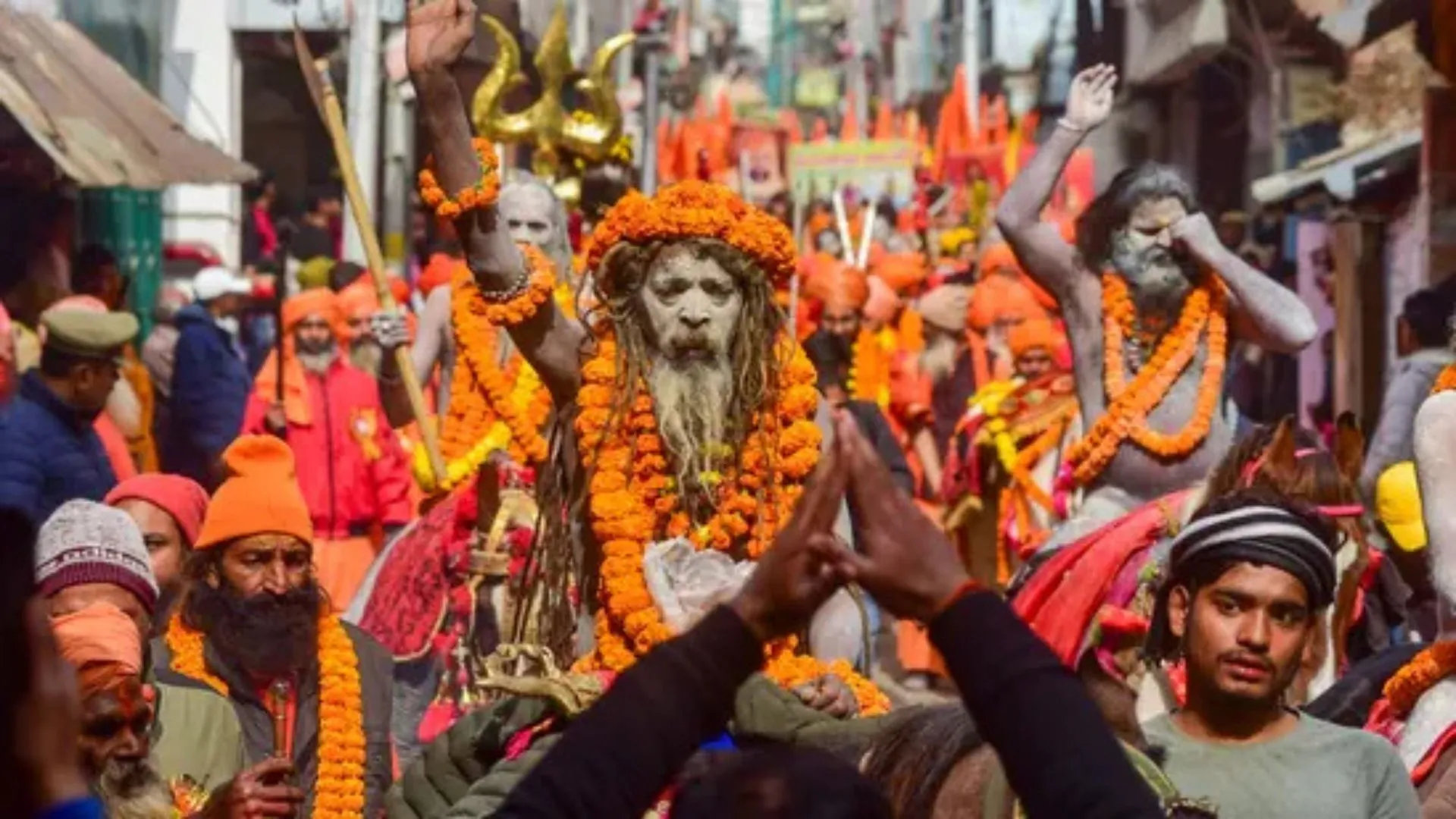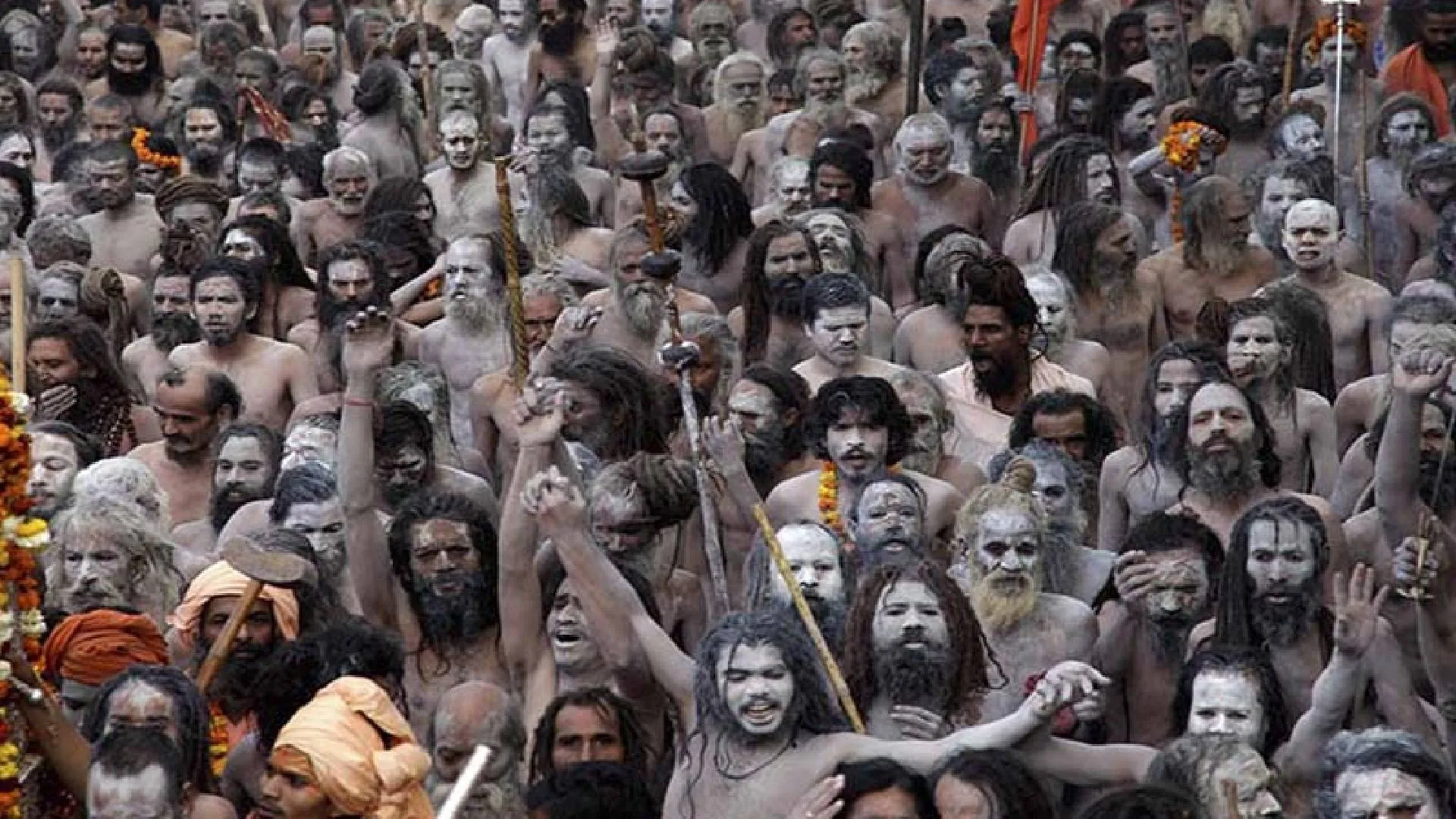Saawan, also known as Shraavan or Shravan Maas, is one of the most auspicious months in the Hindu calendar. It is the fifth month of the Hindu lunar calendar and typically falls in July and August. This period is marked by an extraordinary display of devotion, fasting, and religious activities, as it is dedicated to Lord Shiva, one of the principal deities in Hinduism. The significance of Saawan extends beyond mere religious practices; it encompasses a deep cultural heritage, a connection to nature, and a period of spiritual renewal.
The Mythological and Religious Significance of Saawan
The month of Saawan is steeped in mythology, with numerous stories highlighting its importance. According to Hindu tradition, this month is especially sacred to Lord Shiva, as it is believed that during this time, the churning of the ocean (Samudra Manthan) took place. During this cosmic event, the poison (Halahal) emerged from the ocean, which Lord Shiva consumed to save the world. The poison was so potent that it turned his throat blue, earning him the title Neelkanth. Devotees fast, pray, and offer special prayers to Lord Shiva during Saawan, seeking his blessings for health, prosperity, and the removal of sins.
Another significant event associated with Saawan is the marriage of Lord Shiva and Goddess Parvati. It is believed that Parvati performed intense penance during this month to win Lord Shiva as her husband. This aspect of Saawan underscores the themes of devotion, love, and perseverance.
Rituals and Practices During Saawan
Saawan is marked by a series of rituals and practices that vary across regions but share a common thread of devotion to Lord Shiva. One of the most prominent practices is the Kanwar Yatra, where millions of devotees, known as Kanwariyas, undertake a pilgrimage to fetch holy water from the Ganges River and offer it to Shiva temples, particularly the Jyotirlingas. The journey is seen as an act of purification and devotion.
Fasting during Saawan, especially on Mondays (known as Sawan Somvar), is another widespread practice. Devotees observe a strict fast, consuming only fruits, milk, and other light foods, and abstaining from grains and pulses. The fast is believed to purify the mind and body, and devotees often recite or listen to the Shiva Purana or other sacred texts during this time.
The ritual of Rudrabhishek, the ceremonial bathing of the Shiva Linga with water, milk, honey, and other sacred substances, is also performed extensively during Saawan. This ritual is considered highly meritorious, bringing peace, prosperity, and spiritual growth.
Saawan and Its Cultural Significance
Beyond its religious connotations, Saawan holds a special place in the cultural fabric of India. It is a time when the monsoon rains rejuvenate the earth, filling rivers, lakes, and reservoirs. The landscape turns lush and green, symbolizing fertility, abundance, and the cycle of life. This connection to nature is reflected in the many festivals and customs observed during this month.
In rural India, Saawan is a time for folk songs, dances, and fairs. Women, in particular, celebrate the month with great enthusiasm, participating in swings, adorning themselves with green bangles, and applying mehndi (henna) on their hands. These traditions, passed down through generations, reinforce the sense of community and continuity with the past.
The festival of Teej, celebrated during Saawan, is particularly significant for married women. It is a celebration of marital bliss, the well-being of spouses, and the joy of monsoon. Women observe fasts, dress in bright clothes, and perform rituals dedicated to Goddess Parvati, praying for the longevity and health of their husbands.
Saawan in the Context of Environmental Awareness
The month of Saawan coincides with the monsoon season in India, a time when the country receives the majority of its annual rainfall. This natural phenomenon is not only crucial for agriculture but also serves as a reminder of the importance of water conservation and environmental stewardship.
In many ways, the religious practices of Saawan align with the principles of environmental awareness. The Kanwar Yatra, for instance, emphasizes the sanctity of rivers, particularly the Ganges, which is revered as a goddess in Hinduism. The practice of offering water to Shiva during this time can be seen as a symbolic act of respecting and preserving natural resources.
Moreover, the themes of renewal and purification that permeate Saawan rituals resonate with the idea of sustainable living. The fasting and abstinence observed during this month can be viewed as a form of ecological mindfulness, reducing consumption and fostering a deeper connection with the natural world.
Spiritual Renewal During Saawan
Saawan is not just a time for external rituals; it is also a period for inner reflection and spiritual renewal. The practices observed during this month encourage devotees to step back from the hustle and bustle of daily life and focus on their spiritual growth. The fasting, prayers, and pilgrimages are all means to cultivate discipline, humility, and a sense of detachment from material pursuits.
The spiritual significance of Saawan is further enhanced by the belief that the veil between the material and spiritual worlds is thinner during this time. As such, devotees feel a closer connection to the divine, and their prayers and meditations are believed to be more potent.
The concept of *Shiva as the Adiyogi* or the first yogi also comes to the forefront during Saawan. Lord Shiva is revered not only as a god but also as the ultimate teacher of yoga and meditation. Devotees often engage in meditation, chanting, and other spiritual practices to align themselves with the energy of Shiva and to seek inner transformation.
Saawan in Modern Times
In contemporary India, the celebration of Saawan continues to thrive, even as society modernizes. Urban centers witness a surge in religious activities, with temples organizing special events, and the media playing a significant role in broadcasting these rituals to a wider audience. The essence of Saawan, however, remains unchanged—a time for devotion, community bonding, and spiritual growth.
In recent years, there has been a growing emphasis on the environmental aspects of Saawan. Campaigns promoting the protection of rivers, reforestation, and sustainable practices have gained momentum, often drawing inspiration from the traditions associated with this month.
The youth, too, are finding new ways to engage with Saawan, blending traditional practices with contemporary sensibilities. Social media platforms are abuzz with discussions on the significance of Saawan, with many young people participating in challenges like the Saawan Somvar fast or sharing their experiences of the Kanwar Yatra.
Conclusion
Saawan is a month that encapsulates the rich tapestry of Hindu culture, blending mythology, religion, nature, and community. It is a time when the divine and the earthly realms seem to come closer, offering devotees an opportunity for spiritual renewal and growth. The rituals and practices of Saawan, deeply rooted in tradition, continue to resonate with millions, reminding us of the timeless values of devotion, respect for nature, and the pursuit of spiritual wisdom.
As the monsoon rains cleanse the earth, so too does Saawan cleanse the soul, preparing devotees for the challenges and blessings that lie ahead. In a world that is increasingly disconnected from nature and spirituality, Saawan serves as a powerful reminder of the importance of these connections, offering a moment of pause and reflection in the ever-accelerating pace of modern life.























